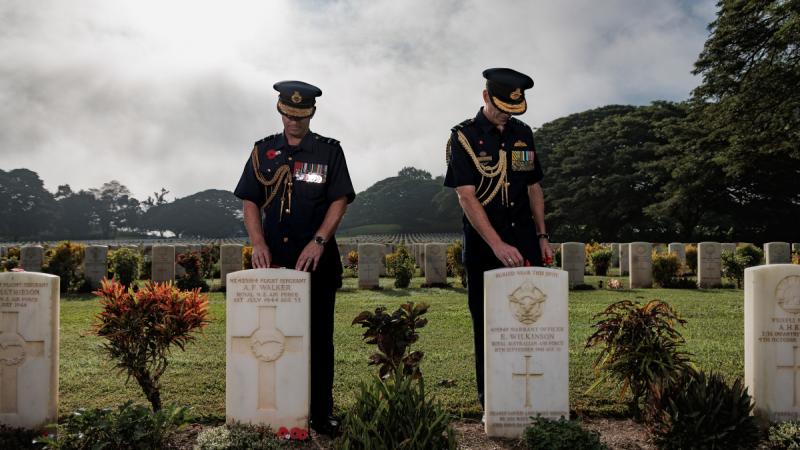Police are appealing for information after DNA testing revealed the likely description of a man whose unidentified bones were discovered in bushland in the Sutherland area almost two years ago.
On Saturday 22 September 2018, officers attached to Sutherland Police Area Command were called to Sir Bertram Stevens Drive, in the Royal National Park, after human remains were found by a member of the public.
A post-mortem examination determined that the remains were that of a man, but all other tests at the time were inconclusive.
The matter was referred to the State Crime Command’s Homicide Squad who established Strike Force Gleam to investigate the identity of the remains and circumstances surrounding the man’s death.
Following consultation with the Forensic Evidence & Technical Services Command, an examination by a forensic anthropologist confirmed all of the bones found belonged to the same skeleton, and that the man was about 175cm tall and aged between 25 and 40 at the time of his death.
With the assistance of NSW Health Pathology, the bones were sent for DNA phenotyping to identify the likely ancestry of the person, along with their hair and eye colour.
The results suggested a high probability that the bones were that of a man of Asian descent, with brown eyes and black hair.
Bomb pulse carbon dating tests were then undertaken by the University of Waikato, New Zealand, which revealed that the man died sometime between 1985 to 2005.
As part of ongoing investigations, the State Crime Command’s Missing Persons Registry identified 565 men who are long term missing persons (LTMPs), each of which were cross checked against the description derived from the various tests.
The list was reduced based on the criteria established by the phenotyping results, with detectives now tasked with locating families to obtain DNA samples for comparison.
Homicide Squad Commander, Detective Superintendent Danny Doherty, said advancements in technology are crucial but information from the community would be the key to unlocking this mystery.
“It has been a hugely collaborative effort with our partnering agencies to get us to this point, where we know the likely age, ethnicity and select details of this man’s physical description,” Det Supt Doherty said.
“We realise that we are casting a broad net in relation to identifying this man, but we would strongly encourage anyone who has a loved one that is missing that fits this description to contact police.”
NSW Health Pathology Executive Director, Michael Symonds, said DNA experts work with NSW Police to identify cases suitable for DNA phenotyping.
“Our team use the DNA found on skeletal remains to create a picture of what the person would have looked like; including characteristics such as hair and eye colour, as well as geographic ancestry,” Mr Symonds said.
“This type of testing is helping investigators provide families of missing persons with answers that may not have been possible without these advanced forensic capabilities.
“NSW Health Pathology is firmly committed to its positive partnership with NSW Police and the NSW Coroner and will continue to work closely to ensure families and loved ones receive the care, dignity and answers they deserve,” Mr Symonds said.
Investigations under Strike Force Gleam are ongoing and anyone with information is urged to contact Crime Stoppers: 1800 333 000 or https://nsw.crimestoppers.com.au. Information is treated in strict confidence.







